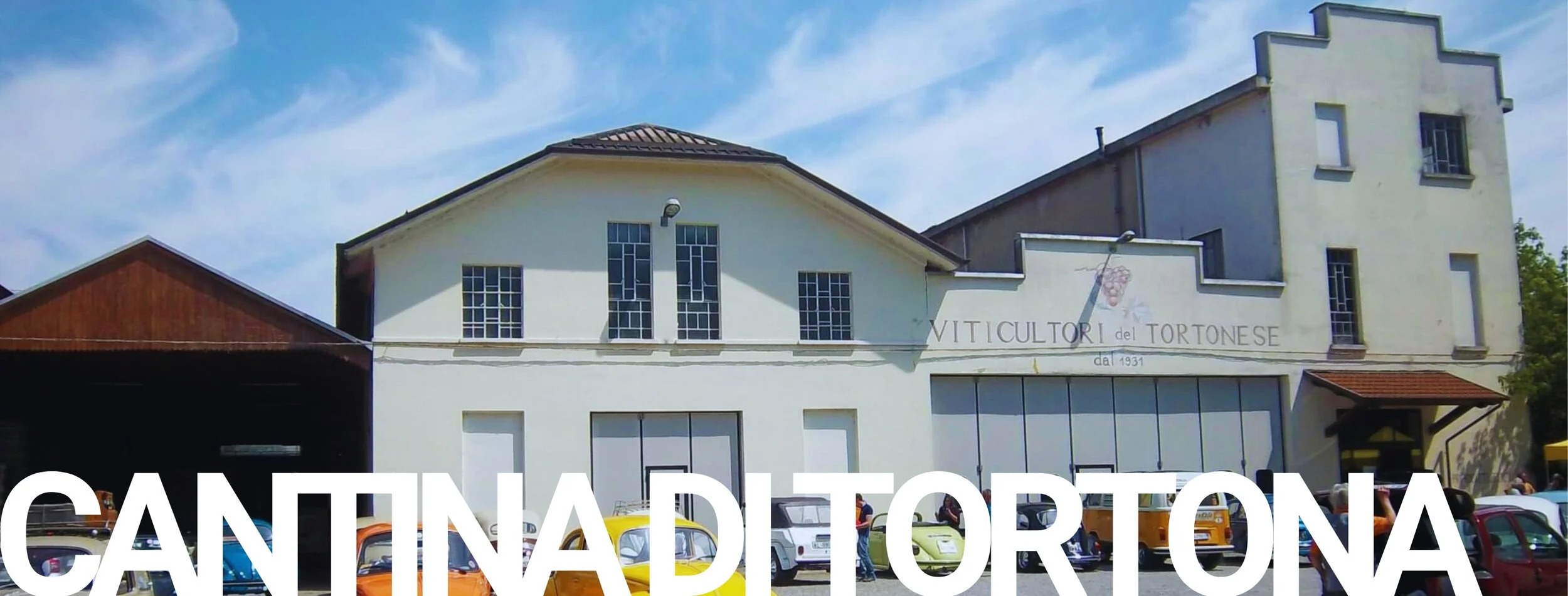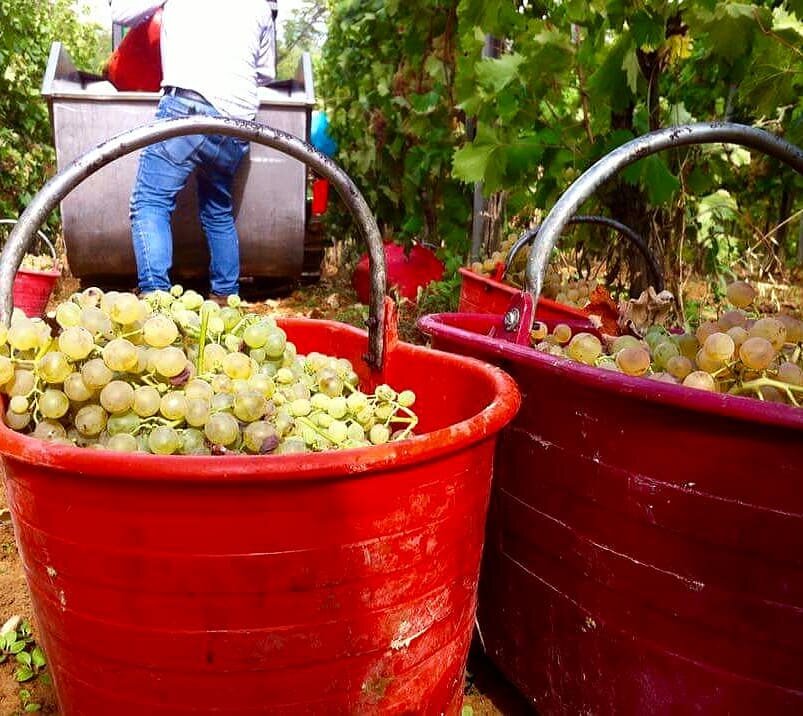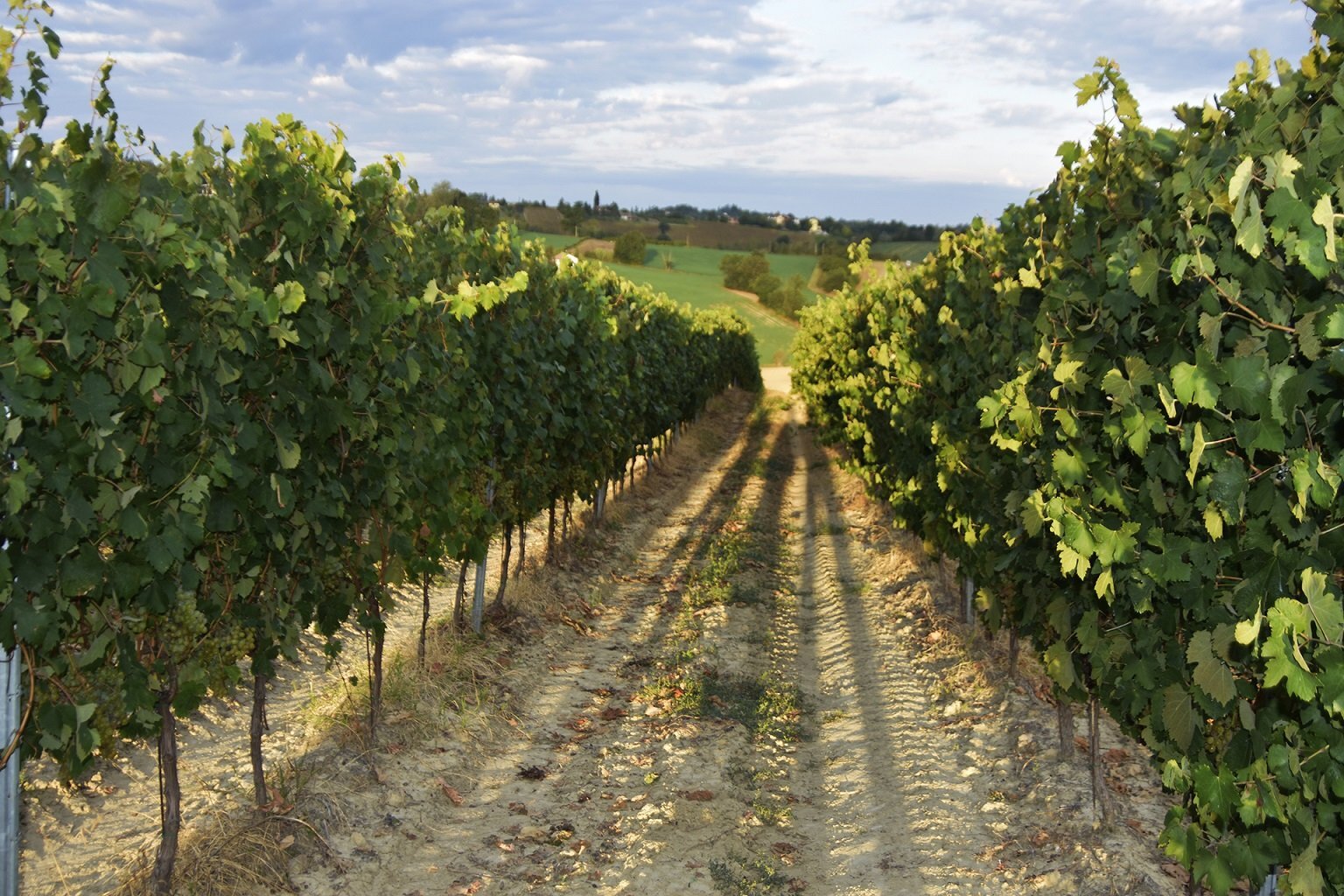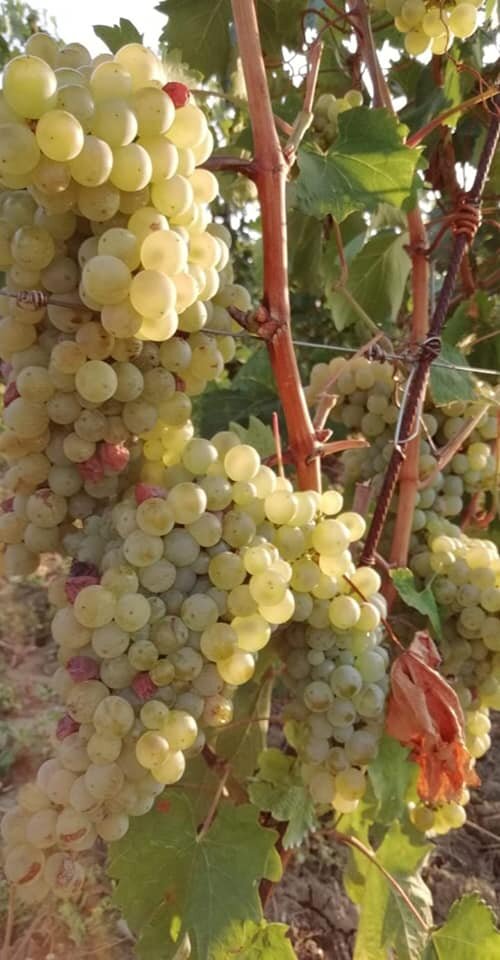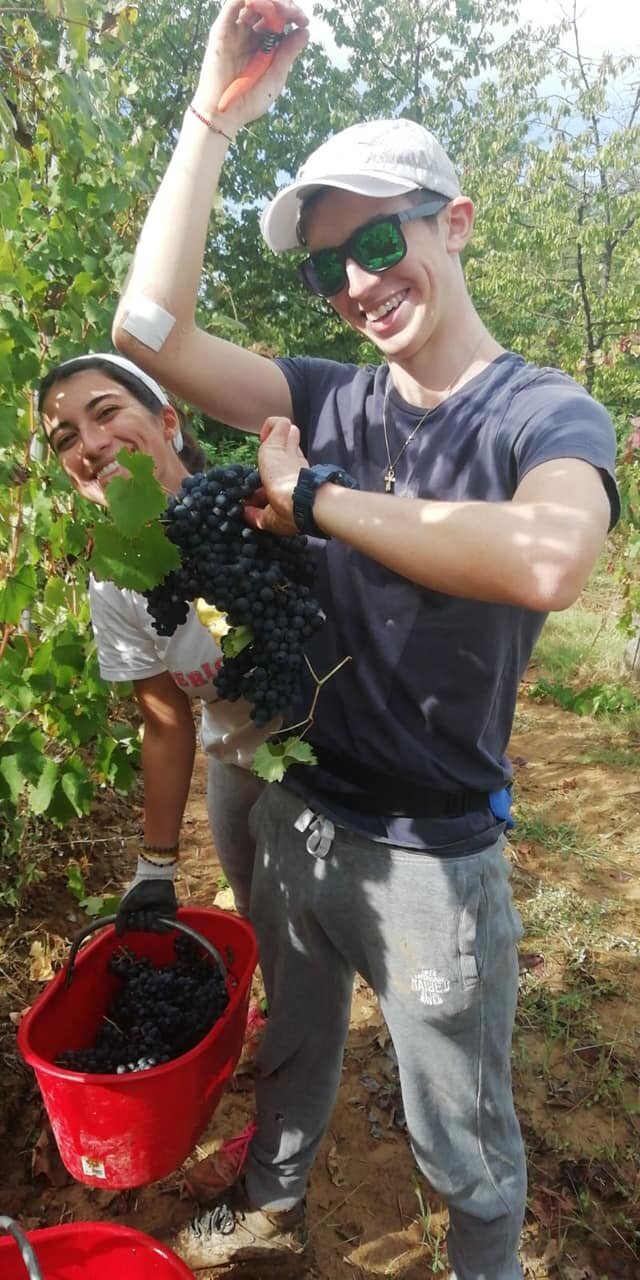Cantina Tortona was established in 1931 by a group of thirty-eight farmers to stop the migration from the countryside and promote vine growing as a reputable and profitable way of life. The Tortona Hills are located in the southeastern part of Piedmont, near Lombardy, Emilia Romagna, and Liguria. The land heights range from 122 meters to 471 meters.
As the winery was established, the European economy faced a serious depression, with an impressive number of small and large private companies in Italy going bankrupt. The consequences were dramatic in terms of unemployment and national and international sales, with a drastic cut in wages and salaries of public and private workers and employees. In those years, it became clear to Tortona’s winegrowers that they could only face those challenging moments together.
Thus, on September 12, 1931, a public Act established the coop.
The microclimate of the Colli Tortonesi appellation area, together with the extraordinary soil of their vineyards, allows the production of remarkable wines, such as Derthona Timorasso, Favorita, Cortese, and reds grapes of Barbera and Dolcetto. The farmers are now 2nd and 3rd and 4th generations- they are still maintaining the dignity of the area and farming concerning the land as their founders did. While many have moved on from a farmer's life, they continue to work the biotic lands ceremoniously passed down. The area of Tortona is getting some good press, a Slow Food favorite, for not only its wines but also cheese, salumi, heirloom vegetables, plus the delightful regional cooking. Tortona, like most places you visit in Italy, is rich in culture- while it is a small town, it is not to be missed. With its medieval architecture, narrow lanes paved in black and white cobblestone, and an elegant square, it is a perfect stop from the Ligurian coast of Genova up north towards the Alps or Milano. Degusteria Forlino is a must at lunch there, and sip a glass of Timorasso.
Who:
240 farmers/winegrowers
Where:
Tortona - Alessandria • Piedmont, Italy
Founded:
1931
Land:
350 hectares, 122 - 471 meters above sea level
Grapes:
Timorasso, Cortese, Favorita, Dolcetto + Barbera
Appellation:
Colli Tortonesi doc
Viticulture:
Organic practice
Annual Production:
ABOUT THE COLLI TORTONESI DOC (in respect to CT)
History: Established as a DOC in 1973
Vineyard Area: 191 ha / 472 acres (2018)
Production: 6,460 hl / 71,780 cases (2018)
Principal White Grape:
Cortese, Favorita, Timorasso, Welschriesling (Riesling Italico)
Principal Red Grape:
Barbera, Bonarda, Croatina, Dolcetto, Freisa, Grignolino
Its the law:
Minimum alcohol level: 5.0% for Moscato (11.0% potential); 10.0% for Bianco, Cortese tranquillo, Favorita, Chiaretto, and Rosso; 10.5% for Cortese frizzante, Cortese Riserva, Dolcetto, and Terre di Libarna Spumante; , Freisa, Terre di Libarna Rosso, Barbera, and Novello; 11.5% for Terre di Libarna Timorasso and nonsubzone Riserva, and Croatina Riserva; 12.5% for Barbera Superiore, Barbera Riserva, and Monleale Barbera
Aging: For Timorasso, minimum 10 months (ERD = September 1, V+1); for Cortese Riserva, minimum 12 months (ERD = November 1, V+1); for Superiore, minimum 13 months, including 6 months in barrel (ERD = December 1, V+1); for Monleale Barbera, minimum 20 months, including 6 months in barrel (ERD = July 1, V+2); for Timorasso Riserva, minimum 21 months (ERD = August 1, V+2); for Barbera Riserva and Croatina Riserva, minimum 24 months (ERD = November 1, V+2)
(ERD = earliest release date)
Cantina Tortona | Bianco
Piccolo Derthona Colli Tortonesi Doc
Timorasso is the Barolo of whites, a variety found only in this area. It is a white wine with a great body that needs months after bottling to express its best. It is a grape that is thoroughly unprecedented, intricate, and capable of aging; moreover, it is synonymous with Tortona.
Grape(s): Timorasso
Age of Vineyard: 15 - 40-year-old vines
Area of Vines: Avolasca, Veguzzolo + Vho di Tortona
Harvest: mid to late September
The process: Handpicked around the end of September, the Timorasso is placed to cool for 6 hours of cryo-maceration, yielding a pleasing nose with more character. The must is fermented in stainless steel tanks for about 6 months on the lees. It is left in the bottle for a month or so before release.
Timorasso is indigenous to the Colli Tortonesi area and is notably different from the other white grapes in the area. Due to its high, though balanced, sugar and acidity, it can be eaten straight off the vine. While it has always been considered a wine that you mature, there is a new understanding—let us say similar to Petit Chablis, where it is drunk younger, without the extended wait.
The current vintage Timorasso is displayed almost like a different grape. It expresses itself in an entirely fresh-forward way with inviting acidity and exceptional structure. The nose of peach and yellow fleshy fruit, a touch of diffused woodsiness, and some warm, drizzled honey bring forth a whole new Timorasso experience. It has a long, clean finish and is truly a wine intended to be shared more often with friends and good food.
Bottling: This takes place usually in late March after a light filtration.
Production: 15,000 bottles per year
Cantina Tortona | Dolcetto
Colli Tortonesi DOC
When the concentration is on quality, you discover a Dolcetto with a real sense of place, with layers of black fruits, bits of saline, and savory notes. Dolcetto can be a worthy ride, and Cantina di Tortona’s is.
Grape(s): Dolcetto
Training: Guyot with 10 buds per plant
Age of Vineyard: 20-60-year-old vines SW n facing, 100 - 300 meters
Soil: Clayey with arenaceous skeleton
Area of Vines: districts within the Colli Tortonesi DOC
Harvest: Handpicked in early to mid-September
The process: The must stays in contact with the skins for maceration for about 3 or 4 days. It is fermented in temperature-controlled stainless steel tanks and left in bottle for 3 months before release.
The ups and downs of Dolcetto… Let's start by pleading with the little sweet ones’ greatest misfortune- Dolcetto is far too often viewed as the third wheel to Nebbiolo and Barbera. It is an early ripening grape, ahead of Nebbiolo and Barbera by 2-3 weeks, and producers in appellations that are centered on Nebbiolo and Barbera tend to plant Dolcetto in vineyards that are less pleasant, reserving the best vineyard to other grapes. Traditionally, Dolcetto is made as a Piedmontese early and accessible wine. The inferior fruity wine you drink while you wait for the others to be ready. Well, that’s bologna!
For Dolcetto to provide high-quality wines that are complex and age-worthy, it demands time to mature its tannins in the vineyards fully. Dolcetto’s tannins are found in the pips, whereas Nebbiolo’s are in the skins. Therefore, site selection is as important as the care it takes to maintain the vineyard. It’s no wonder producers of Barolo overlook this needy, time-devouring grape! Though left in the hands of a farmer who only grows this grape or even the very few producers in the areas of higher distinction who have eyes for dolcetto, it can be enchanting.
Bottling in March - April after harvest
Production: 20,000 bottles per year
Cantina Tortona | Barbera
Colli Tortonesi DOC
It takes a village to raise a child and a village to raise the standards of Barbera. Grape(s): Barbera
Training: Guyot with 9 buds per plant
Age of Vineyard: 20 - 60-year-old vines Southwest facing, 250 - 300 meters above sea level
Soil: Clayey with arenaceous skeleton
Area of Vines: Viguzzolo + Costa Vescovato
Harvest: mid to late September
The process: Handpicked around mid-September, the must stay in contact with the skins for maceration for about ten days. The must is fermented at temperature-controlled stainless steel tanks, then the wine spends 3 months in big wooden barrels. After bottling, it is left in the bottle for 3 months or so before release.
Barbera is the most common vine variety in Colli Tortonesi, historically covering over half of the total acreage. For many decades, farmers used it to make vino sfuso (the local term for “bulk” or “house” wine), and all was fine, simple wine for simpler times. Then came the epoch in which Barbera was not in demand- good nor bad. Many farmers left the fields and sought other ways of making a living. However in the latest years of the 20th century, as peoples’ search for higher quality wine grew, the few Colli Tortonesi growers and winemakers who stayed farming began to acknowledge the subpar nature of their areas Barbera. This harsh lesson resulted in them collectively making authentic wines of distinction.
Today, Barbera Colli Tortornesi is at the level they pictured it would be. Thanks to the microclimate and soil, along with the new mindset, it is showing its true Piedmontese character. The evolution of Tortonesi Barbera is here, in part, thanks to the diligence of the farming members of Cantina di Tortona.
Bottling: around May - June after harvest
Production: 20,000 bottles per year
Via Muraglie Rosse, 5 15057 Tortona (AL) Italia
PHONE+39 0131 861265
EMAIL info@cantinatortona.it
[links + doc info credit: italianwinecentral.com]
MATCHVINO IMPORTS
151 MAIN STREET
SHARON, CT 06069
PHONE +1 917-832-4478
TEXT +1 857-285-8311
EMAIL info@matchvino.com
